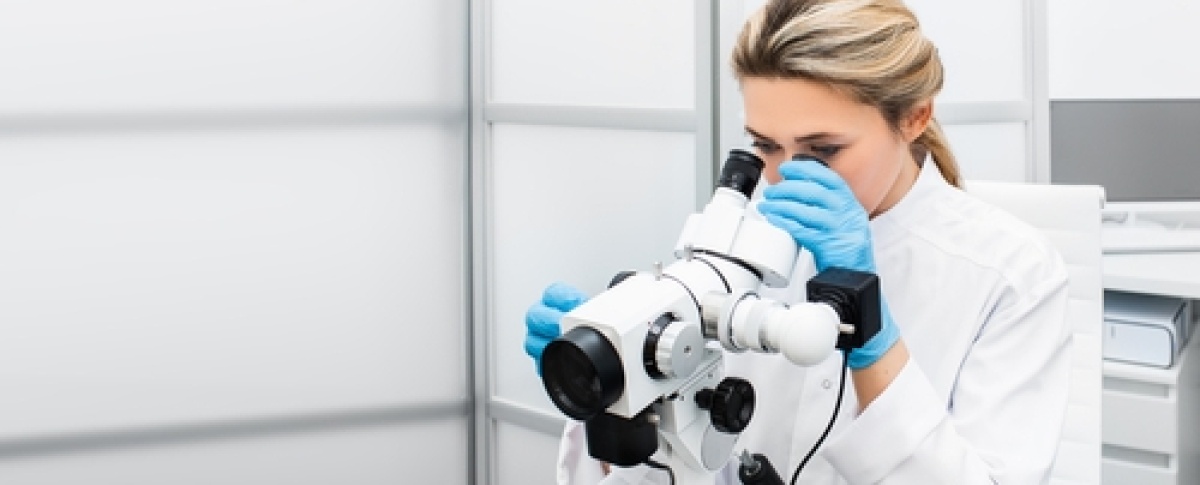What is colposcopy?
Colposcopy is a procedure which involves a more detailed examination of the cervix. Instead of looking at the cervix with the naked eye, [as when your practice nurse or GP took your cervical sample (smear)], the colposcopist uses a special magnifying binoculars to see the changes at high magnification.
This involves you setting on a special gynaecological bed with leg rests. The doctor or nurse uses a speculum, which is the instrument your GP or practice nurse used to see your cervix when taking your cervical sample and looks through the colposcope at your cervix.
Some clinics may be equipped with camera equipment so that you can watch the examination if you wish. Many clinics take a picture for your records and you will be asked beforehand if you are agreeable to this being done. The pictures are helpful for comparison, if you have to return for a repeat examination.
The examination may take a little longer than a standard smear test, but the doctor or nurse performing the colposcopy will talk to you, before and during the examination and tell you what is being done.
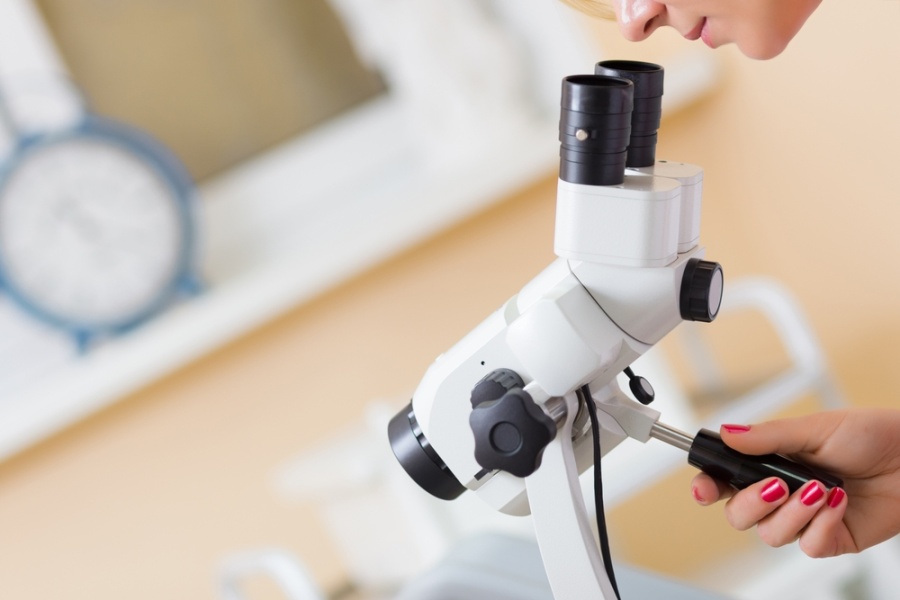
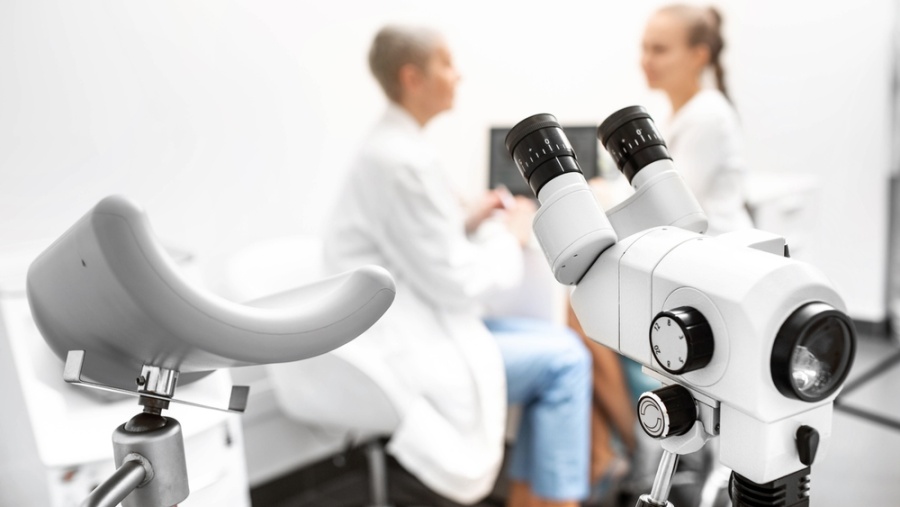
Watch this video to find out more about your colposcopy visit
How the colposcopist makes a diagnosis
Most colposcopists use a combination of the acetic acid and Schiller’s iodine tests. If there is an abnormality the colposcopist should be able to estimate whether it is a likely pre-cancerous abnormality or not according to:
- How white the tissue goes after using acetic acid
- How quickly the tissue turns white
- How smooth or irregular the surface is
- The different patterns of the blood vessels (mosaic and punctation) under the surface of the cervix
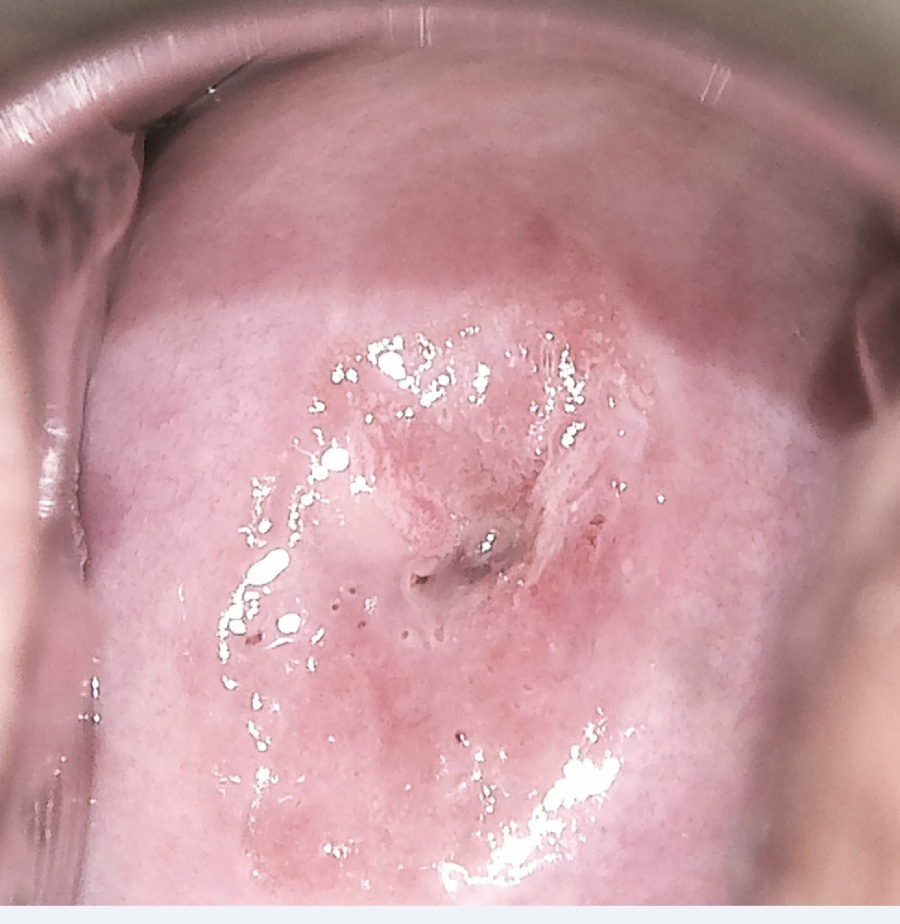
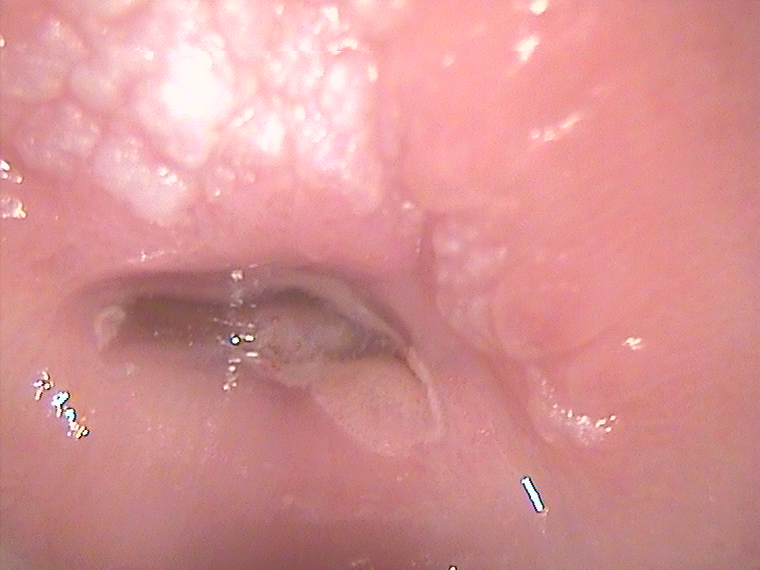
Confirming the diagnosis with a biopsy
To be sure of the diagnosis, a biopsy is often required – this means taking a small sample of tissue from the cervix with a special instrument. This sample is taken very quickly and often does not require local anaesthetic. Depending on the results of this biopsy the colposcopist will decide whether you need treatment or not.
Getting your results
Your colposcopist will talk to you after the procedure, providing an opportunity for you to ask questions about the findings and what will happen next. If a sample has been taken (biopsy) you will receive a letter with the results. Usually this takes less than four weeks but can take up to eight weeks. The letter will confirm the findings and let you know what the recommended best next step is.
In many cases the results confirm that you have no abnormal changes in which case you will be discharged to have a repeat screening test in the community at a time suggested in the letter.
Often only minor changes are detected - in this case you may not need active treatment but a plan could include more frequent checks until they resolve. In many cases these checks can be done in the community.
Some changes can be identified which will not resolve by themselves. In this case a treatment will be planned. A follow up appointment will be made for you to discuss the findings and the plan with a colposcopist. In most cases treatments can be performed easily using local anaesthetic in the colposcopy clinic.
NHS information leaflets about colposcopy
Download one of these leaflets in your own language to find out more
Find leaflets here
